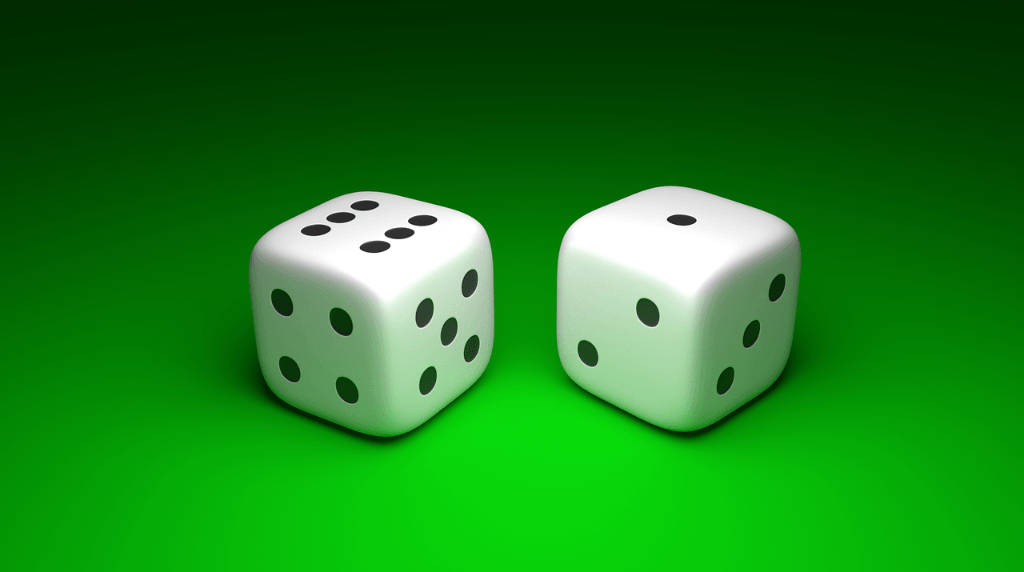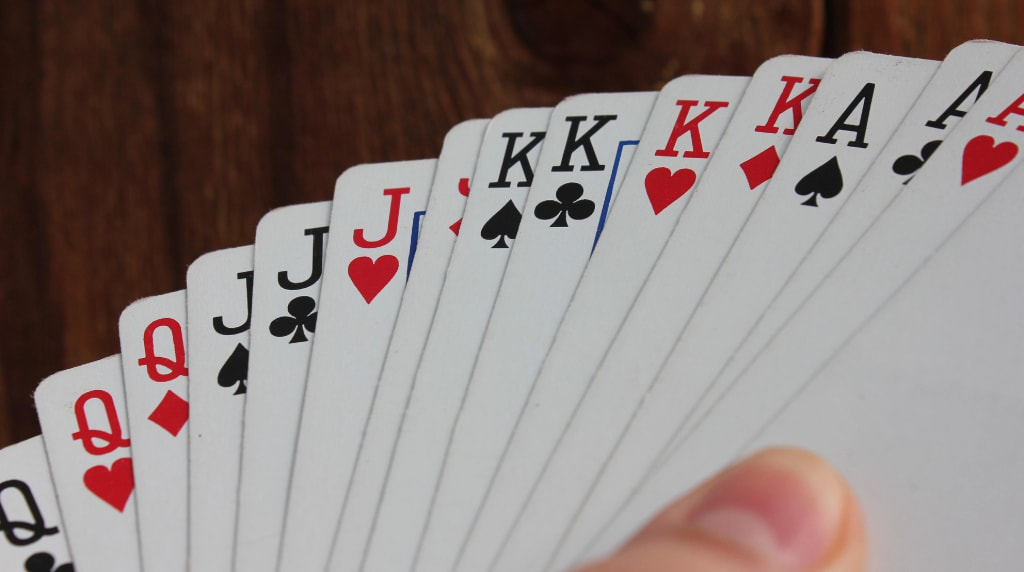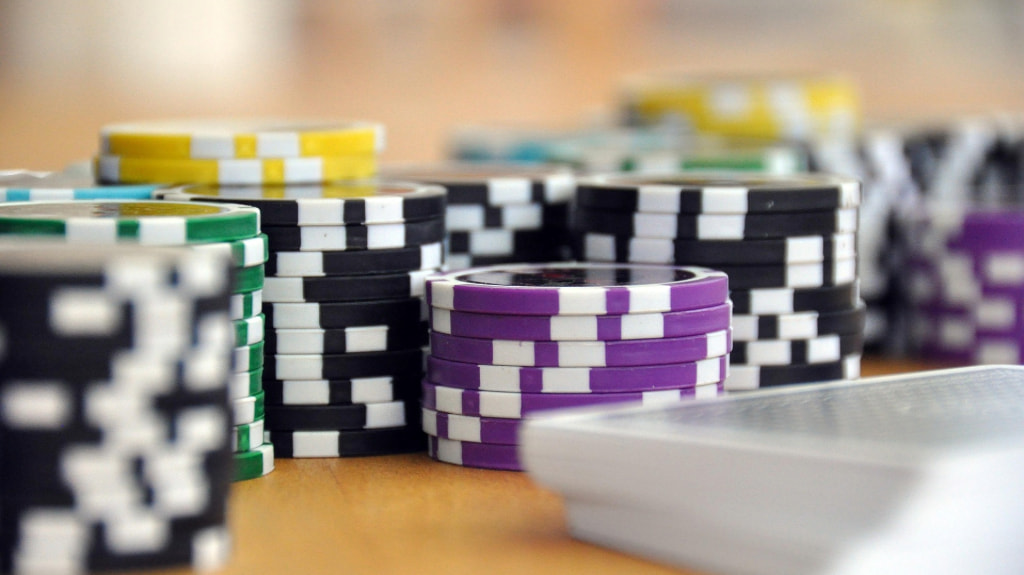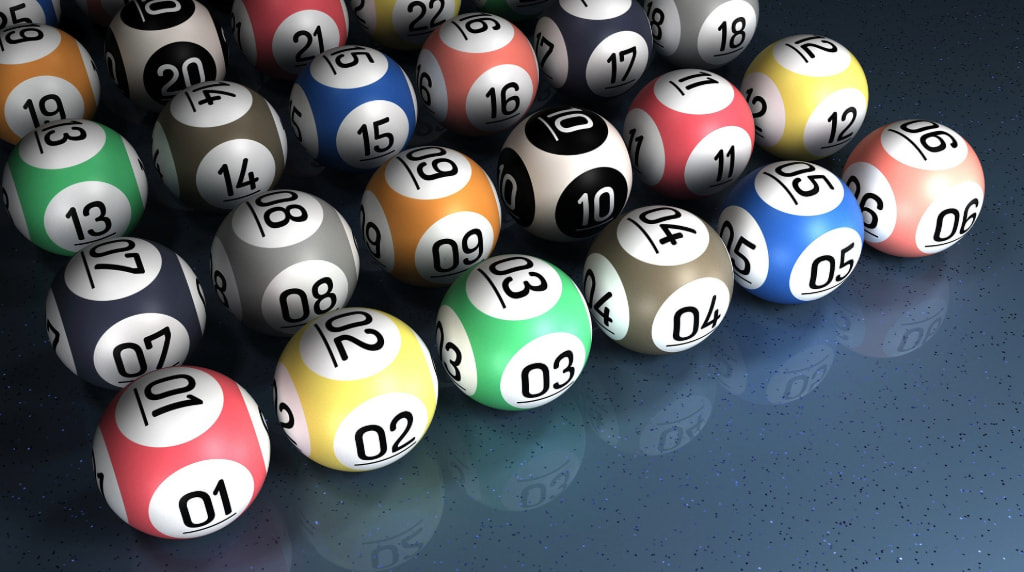Lucky Animals Around the World: Good Luck Charms and Myths
Cricket
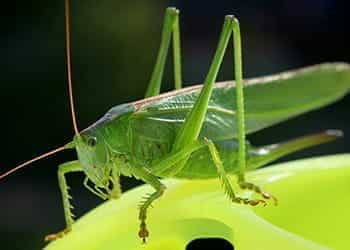 Although you may mostly see them as an annoyance, disturbing the peace of an otherwise idyllic evening, many cultures view the cricket as an animal that can bring you good luck. In China, the cricket is arguably the most popular symbol of good fortune. This might even be one of our lucky animals that you already know a little about, since the idea that crickets are considered lucky in Chinese folklore has been widely popularized by the Disney movie, Mulan. Mulan’s grandmother gives her a cricket in order to bring her luck, and the chirpy character stays with Mulan on her ensuing adventure. The grandmother tries to prove that the cricket brings luck by closing her eyes and crossing a busy road. When she gets to the other side unscathed, she declares the cricket lucky!
Although you may mostly see them as an annoyance, disturbing the peace of an otherwise idyllic evening, many cultures view the cricket as an animal that can bring you good luck. In China, the cricket is arguably the most popular symbol of good fortune. This might even be one of our lucky animals that you already know a little about, since the idea that crickets are considered lucky in Chinese folklore has been widely popularized by the Disney movie, Mulan. Mulan’s grandmother gives her a cricket in order to bring her luck, and the chirpy character stays with Mulan on her ensuing adventure. The grandmother tries to prove that the cricket brings luck by closing her eyes and crossing a busy road. When she gets to the other side unscathed, she declares the cricket lucky!
China is not the only culture that holds the cricket in high regard, however. A number of European countries also believe it, and you can sometimes find cricket charms in houses to protect them and bring good fortune to the inhabitants. Ireland, in particular, has great respect for crickets and their luck-bringing abilities. The Irish believe that speaking badly of a cricket might offend them, and then they may curse you or bring you bad luck instead. On the flip side, cherishing the little bugs can bring you good fortune and keep you safe from fairies at night. Or who knows, maybe even increase your chances at winning at some of the top casino sites online.
Dolphin
 Admired by all for their intelligence and grace, it is not too surprising that a number of cultures also think that dolphins are lucky animals. It is believed that the word “dolphin” comes from the Greek word “delphi” meaning womb, so feminine and peaceful qualities are often prescribed to dolphins. Ancient Greece, Italy, Egypt, Turkey, and the USA all view dolphins as symbols of good fortune. Christians across the globe have used the dolphin as a symbol of protection and good luck for centuries, as have Native Americans.
Admired by all for their intelligence and grace, it is not too surprising that a number of cultures also think that dolphins are lucky animals. It is believed that the word “dolphin” comes from the Greek word “delphi” meaning womb, so feminine and peaceful qualities are often prescribed to dolphins. Ancient Greece, Italy, Egypt, Turkey, and the USA all view dolphins as symbols of good fortune. Christians across the globe have used the dolphin as a symbol of protection and good luck for centuries, as have Native Americans.
Sailors believed that seeing a dolphin at sea meant that land was near, and that good luck was with them. As one of the most intelligent mammals, dolphins have often been recorded having formed bonds with people or places all over the world, including in Opononi, New Zealand where visitors will still find a statue of Opo the Dolphin on his grave.
Dragon
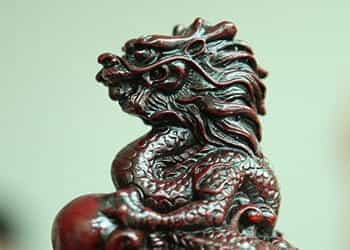 Now, of course we know that dragons are mythical creatures, but that doesn’t mean that they can’t be considered lucky or shouldn’t be included in our list. The dragon forms an integral part of Chinese culture and is even one of the symbols in the Chinese horoscope. Chinese legends will tell you that the emperors who ruled China were actually directed descended from these lucky animals. Dragons apparently are good-natured and, surprisingly, were considered to be masters of rain and water in Ancient China.
Now, of course we know that dragons are mythical creatures, but that doesn’t mean that they can’t be considered lucky or shouldn’t be included in our list. The dragon forms an integral part of Chinese culture and is even one of the symbols in the Chinese horoscope. Chinese legends will tell you that the emperors who ruled China were actually directed descended from these lucky animals. Dragons apparently are good-natured and, surprisingly, were considered to be masters of rain and water in Ancient China.
Nowadays, dragons are still thought to bring protection, strength, and good luck in China. Shops sell many dragon figurines and they are often used in feng shui to encourage good fortune. A dragon statue should be placed in an open space, facing into the room, in order to bring wealth and prosperity to those residing in the property.
Elephant
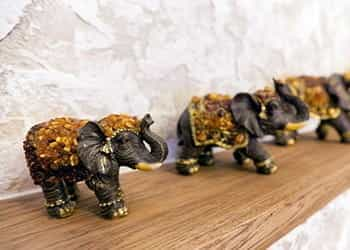 Elephants are very popular animals, loved for their intelligence and humane behaviors. They are also believed to be lucky animals by numerous cultures. They are especially cherished in Asia, where many business owners will place two elephant statues on either side of the entrance to their business. These statues are meant to bring fortune and stability and to protect the business from misfortunes.
Elephants are very popular animals, loved for their intelligence and humane behaviors. They are also believed to be lucky animals by numerous cultures. They are especially cherished in Asia, where many business owners will place two elephant statues on either side of the entrance to their business. These statues are meant to bring fortune and stability and to protect the business from misfortunes.
Elephants are considered to be sacred animals in Hinduism. One of the most well-known Hindu gods is Ganesh. He is very recognizable by his elephant head. You can find many elephant statues and images in India, as symbols of protection and good luck. In Thailand, you can visit the Erawan shrine, which is named after the white elephant who carries a Hindu god on its back. The shrine was actually built to appease the unhappy spirits who were believed to be responsible for the many delays during the building of a new hotel.
Frog
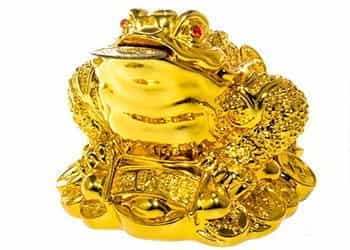 Some might consider the frog to be an unusual choice for a lucky animal, as the creature itself is fairly commonplace and somewhat unremarkable to look at. Chinese culture actually believes that the frog can bring fortune and prosperity. The money frog, or three-legged toad, is a common figure in Chinese homes; the frog is often sat on a pile of coins or holds a coin in its mouth as an offering to the owner or household. One legend surrounding the figure says that Lu-Hai, an immortal, saved a three-legged frog that could not get out of a well and, to show his gratitude, the frog brought him a gold coin every day until Lu-Hai was rich. The figure is a good luck charm and also a reminder that good deeds do not go unnoticed or unpaid.
Some might consider the frog to be an unusual choice for a lucky animal, as the creature itself is fairly commonplace and somewhat unremarkable to look at. Chinese culture actually believes that the frog can bring fortune and prosperity. The money frog, or three-legged toad, is a common figure in Chinese homes; the frog is often sat on a pile of coins or holds a coin in its mouth as an offering to the owner or household. One legend surrounding the figure says that Lu-Hai, an immortal, saved a three-legged frog that could not get out of a well and, to show his gratitude, the frog brought him a gold coin every day until Lu-Hai was rich. The figure is a good luck charm and also a reminder that good deeds do not go unnoticed or unpaid.
A simple reason why frogs are considered lucky animals is that they are associated with water and rain. When it rains, crops grow, and people have enough to eat and sell, and don’t need to worry about the hunger that follows a bad harvest.
The Japanese believe that if you are going on a trip, you should take a frog charm with you for protection and luck on your journey.
Goldfish
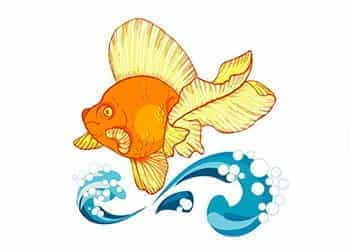 This is another surprising animal on this list. While we often think of the goldfish as unintelligent, other people view it as a lucky animal. Slavic cultures have always associated these small fish with good fortune. Both the Ancient Greeks and Ancient Egyptians believed that goldfish could bring good luck as well as fortifying relationships and marriages. It was not uncommon to see a small goldfish charm in someone’s house for luck. This animal is also one of the eight sacred symbols of Buddha and represents fertility, harmony, and wealth in Buddhism.
This is another surprising animal on this list. While we often think of the goldfish as unintelligent, other people view it as a lucky animal. Slavic cultures have always associated these small fish with good fortune. Both the Ancient Greeks and Ancient Egyptians believed that goldfish could bring good luck as well as fortifying relationships and marriages. It was not uncommon to see a small goldfish charm in someone’s house for luck. This animal is also one of the eight sacred symbols of Buddha and represents fertility, harmony, and wealth in Buddhism.
The goldfish can be found in feng shui too. Its movement resembles that of the chi energy and is therefore thought to bring good luck. There is no set rule on how many goldfish you should have to improve your feng shui, but it is generally accepted that uneven numbers attract more positive energy than even.
Horse
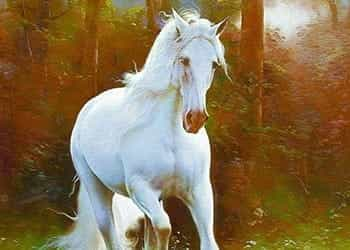 Horses have been of great benefit to humans for centuries, carrying heavy loads for us and pulling our plows and carriages. They are also beloved pets and companions to many people. In mythology, horses are often associated with freedom, strength, and power. They feature in various Greek myths; everyone has heard about Pegasus, the flying horse who appears in many heroic adventures and stories. Other legends suggest that horses can see spirits and forces that humans cannot, and therefore can be protectors. The horseshoe is still considered to be a good luck charm, and many people hang it above their door in order to ward off bad fortune. Small horseshoe charms can also be carried to attract good luck to you.
Horses have been of great benefit to humans for centuries, carrying heavy loads for us and pulling our plows and carriages. They are also beloved pets and companions to many people. In mythology, horses are often associated with freedom, strength, and power. They feature in various Greek myths; everyone has heard about Pegasus, the flying horse who appears in many heroic adventures and stories. Other legends suggest that horses can see spirits and forces that humans cannot, and therefore can be protectors. The horseshoe is still considered to be a good luck charm, and many people hang it above their door in order to ward off bad fortune. Small horseshoe charms can also be carried to attract good luck to you.
Ladybug
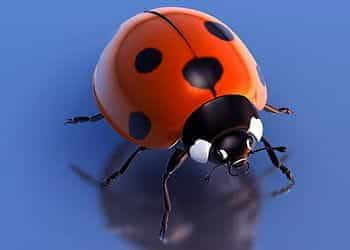 The ladybug is actually one of the most popular lucky animals around the world. A huge number of cultures attach a special meaning to this insect, and there are many beliefs surrounding it. If a ladybug lands on you, many believe that you must let it sit on you while you count the number of spots on its back. The number will tell you how many months of good luck you will now have. Others believe that you can make a wish on any ladybug that lands on you, and then the number of black spots on its red back will reveal how many months it will take for the wish to come true.
The ladybug is actually one of the most popular lucky animals around the world. A huge number of cultures attach a special meaning to this insect, and there are many beliefs surrounding it. If a ladybug lands on you, many believe that you must let it sit on you while you count the number of spots on its back. The number will tell you how many months of good luck you will now have. Others believe that you can make a wish on any ladybug that lands on you, and then the number of black spots on its red back will reveal how many months it will take for the wish to come true.
Ladybugs are also seen as symbols of joy, prosperity, and protection. Presumably for this reason, harming a ladybug is considered to be bad luck and can attract bad fortune to you.
Phoenix
 We come to another mythological creature on our list, although phoenixes are so firmly ingrained in many cultures that sometimes it is hard to believe that they don’t really exist! This beautiful bird symbolizes renewal and rebirth. In feng shui, it is often depicted together with the dragon, as the two complement each other and symbolize matrimonial bliss, according to legend.
We come to another mythological creature on our list, although phoenixes are so firmly ingrained in many cultures that sometimes it is hard to believe that they don’t really exist! This beautiful bird symbolizes renewal and rebirth. In feng shui, it is often depicted together with the dragon, as the two complement each other and symbolize matrimonial bliss, according to legend.
Placing a phoenix figurine in your home should attract the bird’s positive energy. Feng shui decrees that a red phoenix figure will attract success and fame. If the statue stands in a southern part of the house, it will bring you prosperity and increased opportunities. Placing it in the southwest section of your bedroom will encourage matrimonial bliss.
Pig
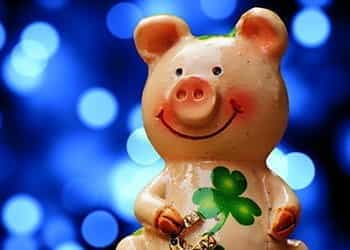 Pigs have often been thought of as dirty or stupid animals. This incorrect assumption is beginning to change, with more people coming to understand that pigs are actually very intelligent and clean creatures. For a long time, they have actually been symbols of prosperity, good luck, and fertility. In Germany and many Nordic countries, pigs are one of the main symbols of good luck, and small piggy charms are common in shops. Piggy banks can be found in many different countries and feeding your coins into the bank is meant to represent your efforts for a prosperous future.
Pigs have often been thought of as dirty or stupid animals. This incorrect assumption is beginning to change, with more people coming to understand that pigs are actually very intelligent and clean creatures. For a long time, they have actually been symbols of prosperity, good luck, and fertility. In Germany and many Nordic countries, pigs are one of the main symbols of good luck, and small piggy charms are common in shops. Piggy banks can be found in many different countries and feeding your coins into the bank is meant to represent your efforts for a prosperous future.
The pig is an important part of the Chinses zodiac, and 2019 is actually the year of the pig. You can attract some of the pig’s positive energy to you by wearing metal colors (white and gold) or fire colors (red, orange, and pink). The Chinese also believe that pigs are especially lucky for those who are self-employed.
Rabbit
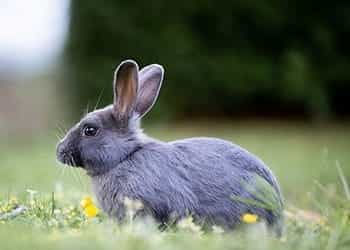 Western cultures have seen rabbits as symbols of fertility and prosperity for centuries. An old English superstition states that repeating the word “rabbit” three times in a row on the first day of the month will bring you good luck until the month is up. Of course, then you can invoke good luck again on the first of the next month!
Western cultures have seen rabbits as symbols of fertility and prosperity for centuries. An old English superstition states that repeating the word “rabbit” three times in a row on the first day of the month will bring you good luck until the month is up. Of course, then you can invoke good luck again on the first of the next month!
It is traditional to give children a white stuffed toy rabbit as a wish for a prosperous life. Of course, some cultures don’t feel the need to give the whole rabbit in order to make use of its good fortunes. A rabbit’s foot is a well-known good luck charm, although for the luck to work it is traditionally meant to be the left hind foot. This is a common good luck charm amongst gamblers, and if you look hard enough you can probably find a number of rabbits’ feet in any one casino!
Tiger
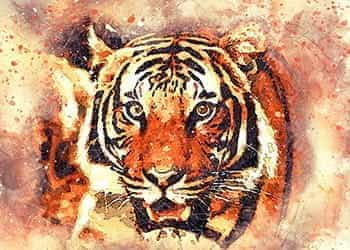 Like a number of other animals on this list, the tiger features as part of the Chinese horoscope and is seen as a lucky animal. It is known for its strength and bravery and is often viewed as a symbol of prosperity and wealth. In fact, the tiger is closely associated with Tsai Shen Yeh, the Chinese god of wealth, who is often depicted sitting on a tiger’s back.
Like a number of other animals on this list, the tiger features as part of the Chinese horoscope and is seen as a lucky animal. It is known for its strength and bravery and is often viewed as a symbol of prosperity and wealth. In fact, the tiger is closely associated with Tsai Shen Yeh, the Chinese god of wealth, who is often depicted sitting on a tiger’s back.
Chinese legends say that tigers have the power to banish evil forces. A tapestry or poster of a tiger is often hung on the wall at Chinese New Year in order to keep bad luck away, as well as encourage good fortune. Tiger paws are often used in many cultures as symbols of luck and tiger paw broaches are popular good luck charms. It’s also common to find business called Lucky Tiger!
Unicorn
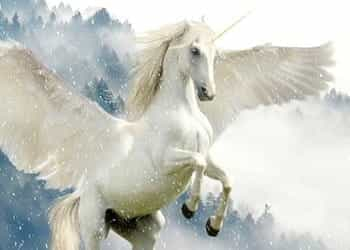 Although the unicorn is a mythical creature, that has not stopped Scotland from naming it its national animal. For the Scots, the animal is the symbol of purity and unbridled strength, and has long been used to represent the Scottish crown and monarchy.
Although the unicorn is a mythical creature, that has not stopped Scotland from naming it its national animal. For the Scots, the animal is the symbol of purity and unbridled strength, and has long been used to represent the Scottish crown and monarchy.
In Vietnam, there are four sacred animals: the dragon, the unicorn, the tortoise, and the phoenix. The unicorn, in this case, looks a little different from the horned horse we know. Instead, it is seen as a half-dragon, half-mammal creature. The Vietnamese believe it to be a strong and faithful animal, symbolizes prestige, peace, and good luck. It can often be seen guarding pagodas and place of worship.
For many years, unicorns were actually believed to be real animals by some people. There are sources that say that Aristotle, the Greek philosopher, believed that unicorns did exist, but were normal animals and did not have any magical powers. Legends from other cultures, however, tell stories of unicorns performing miracles or changing events to have a more positive outcome in complicated situations. Either way, unicorns have captured people’s imagination and are very popular. Having a unicorn charm or small figure is meant to attract some of the animal’s positive qualities and good fortune.
